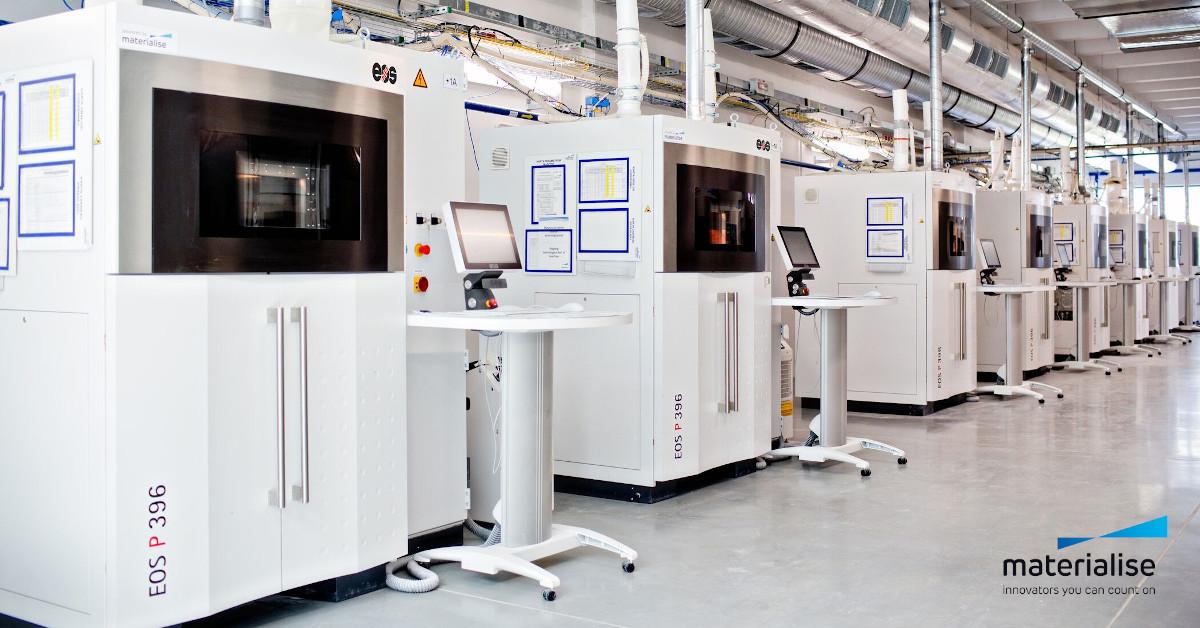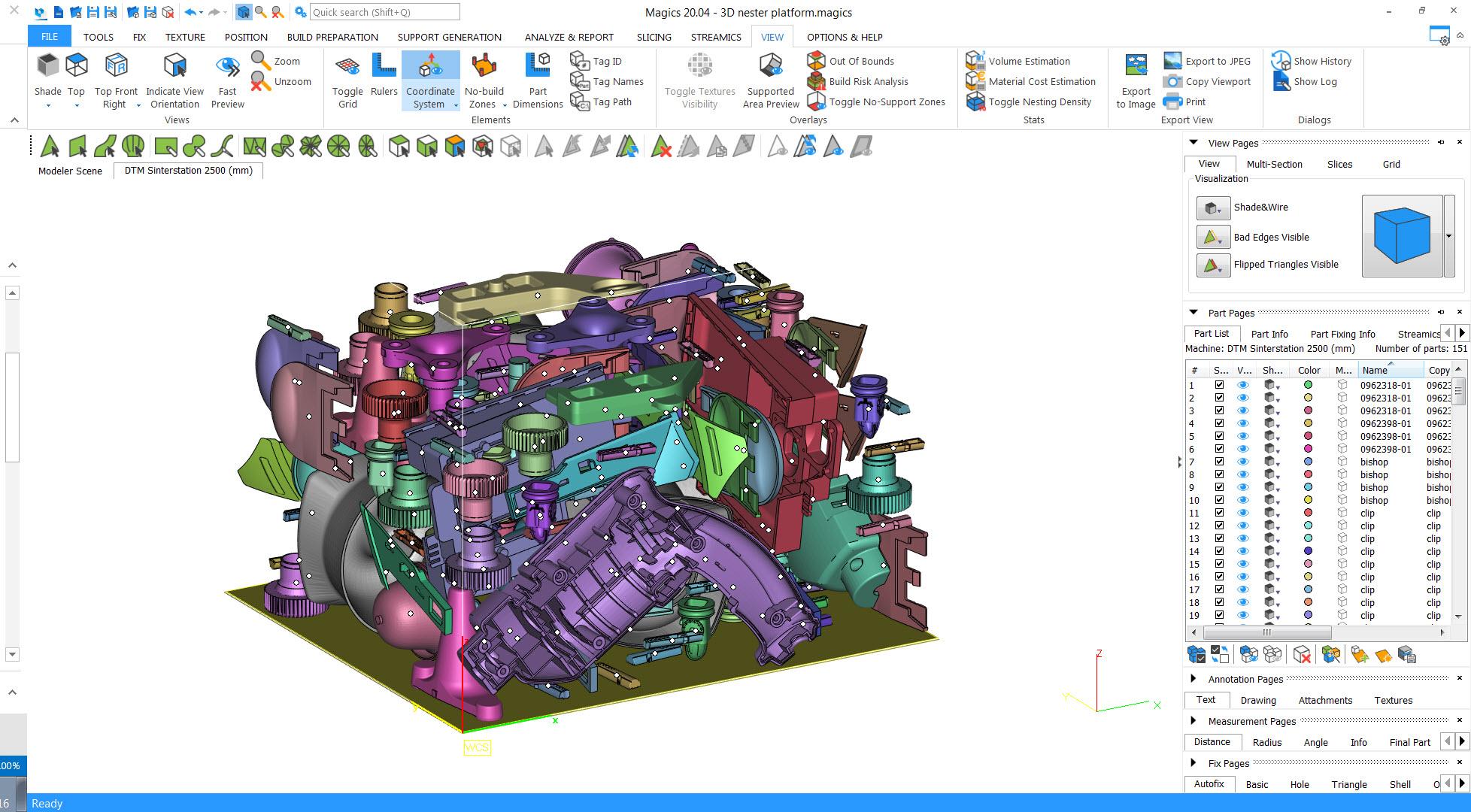Why Airbus Qualified A New 3D Printing Material In 2021: Flame-Retardant PA

As the aerospace industry's adoption of 3D printing has developed rapidly over the past decade, two major groups of applications are now starting to stand out. On one hand, the on-demand nature of 3D printing has been attracting increasing attention for its supply chain benefits, especially for aftermarket applications. By contrast, the other group of applications focuses on the ability of 3D printing to produce complex shapes and ultra-lightweight parts, with the ultimate goal of fuel savings.
While both schools of thought have produced success stories, the vast majority of 3D-printed flight-ready parts today fall into the first camp, motivated by supply chain drivers rather than design. This is largely because the benefits of lightweight design tend to be most apparent with metal parts, typically high-criticality applications where qualification is a significant hurdle.
In the meantime, low-criticality and non-critical applications—which have a lower qualification barrier—have been successfully and increasingly using 3D printing for its fast lead times and elimination of minimum order quantities. The applications are diverse, from arm rests to seat row indicators and ventilation system parts, and typically use polymers. Until recently, one polymer stood out in particular: Ultem 9085, 3D printed in the technology Fused Deposition Modeling (FDM). Then in May this year Airbus brought a second 3D printing technology on board, Selective Laser Sintering (SLS), by qualifying the material PA 2241 FR with Materialise as its first manufacturer.
What's new about flame-retardant polyamide?
Polyamide (PA) is the workhorse material of additive manufacturing, and the most-used polymer globally. Materialise estimates that the company prints over 700,000 parts annually using this material, amounting to 66% of their output, serving diverse industries from eyewear to medtech to machine manufacturing.
In aerospace too, PA has been in use for a while. Materialise has already had EN9100 and EASA 21.G production approval for the material PA 2241 FR—a flame-retardant polyamide—since 2015.
However, Airbus's qualification of SLS opens up the technology for use across their supply chain.
The opportunity, as detailed in this guide, is huge: SLS achieves a much lower cost per part and is suitable for a myriad of no/low-criticality plastic parts, such as interior cabin fittings.
Lower costs, higher design freedom
Producing parts in PA using SLS is around 50% cheaper than FDM with Ultem 9085.
This is partly down to the material itself being more cost-effective, but there are also key characteristics of the process that make it overall more economical. For example, with SLS, more parts can fit into the available build space as completely mixed runs. This ability to maximize the parts fitted into the cube enables highly efficient production.

A mixed run of parts nested closely into a single build, in preparation for Selective Laser Sintering, using Materialise Magics software. © Materialise
The reduced requirement for post-processing is also an advantage. There are no supports to be removed with SLS, and the surface quality is smoother with less visible layers. This allows for PA-FR parts to be color-dyed, rather than requiring most cost—and labor-intensive processes such as painting.
Challenges of Selective Laser Sintering for aerospace and how to avoid them
In terms of applications, PA-FR is a versatile material with one key vulnerability against Ultem 9085: slower heat release. As a result, larger parts for commercial aircraft tend not to be suitable and are better off using Ultem.

On the production side, a major difference between the SLS and FDM processes is that SLS is influenced by many more parameters that need to be tightly controlled to achieve the desired level of process stability. FDM is a much simpler process, making it easier to control. This is important to understand when selecting a manufacturing supplier or partner for SLS.
Securing part acceptance requires rigorous control and insight over each process step, from design to production to post-processing. With a view to investing in this approach, Materialise has taken steps to developing standards in AM production data. The company recently opened up a dynamically updated Data Lake, an accessible resource designed to help DOAs make informed decisions on the performance of AM parts. In addition, Materialise also develops dedicated software solutions with capabilities in process control, production management, simulation and failure analysis.
For more information about the Data Lake and the relative strengths of SLS versus FDM for aerospace, Materialise has recently produced a free downloadable guide. Produced by the aerospace team at Materialise, the guide looks at the economics and applications of flame-retardant polyamide for aerospace additive manufacturing, how they compare to Ultem 9085, and key differences in qualification for the two materials.




